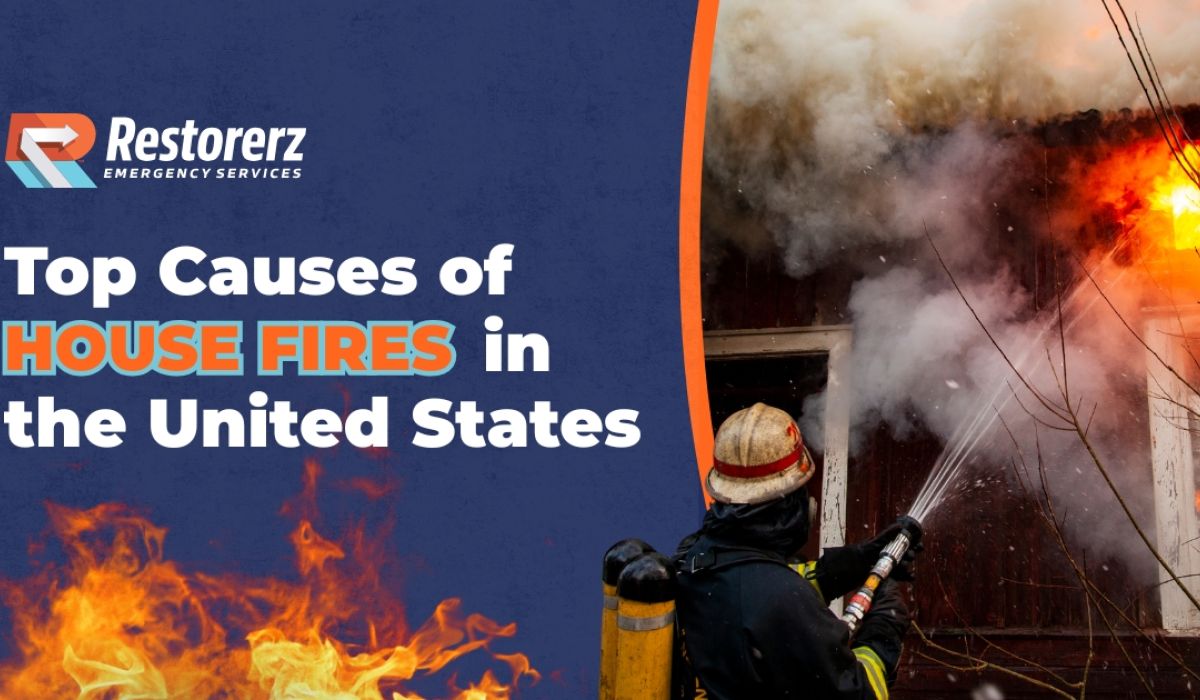How To Prevent Mold After Water Damage

CEO, Restorerz Emergency Services

Whether you live in the city of Long Beach, Los Angeles, Santa Monica, or the surrounding areas, dealing with water damage is a stressful, overwhelming event. One of the most common issues that occurs after water damage is mold, a dangerous substance that thrives in moist environments. Fortunately, the experts at Restorerz Emergency Services have some tips to help you prevent mold after water damage to keep you, your family, and your home safe.
Conditions Favorable for Mold Growth
Mold spores require specific conditions to thrive, which include areas of high moisture, humidity, and places that reach certain temperatures consistently. Anywhere with relative humidity levels of 60% and above and with temperatures that remain between 70 and 90 degrees Fahrenheit is particularly favorable for mold. Excess moisture is also favorable for mold growth and can come from various sources, including areas with a lot of condensation or leaks from sinks, appliances, and plumbing or pipes. Mold also requires nutrients to grow, which often come from organic materials found in wood, drywall, and other porous materials.
Immediate Actions After Water Damage
You should know how to check for mold after water damage to locate and prevent it from spreading even further. Take these actions immediately following a water damage event.
- Stop the water: Locate and identify the source of the water leak, turn off your home’s water supply, and contact a licensed plumber to repair the issue.
- Remove standing water: Use a wet-dry vacuum to immediately remove standing water and use sump pumps if the flooding is extensive.
- Start drying everything: Open all windows and doors and use fans and dehumidifiers to help support ventilation and circulate the air to speed up the drying process.
- Inspect the area: Look carefully at the affected area to inspect for hidden wet spots like behind walls, in your air ducts, or under the carpets.
- Remove wet items: Immediately remove soaked carpets, padding, drywall, furniture, and insulation from your home to prevent mold from spreading.
Inspecting for Hidden Moisture
Mold often grows in areas where moisture is hidden or undetected. Carefully inspect the following areas to look for hidden moisture.
- Remove sections of carpet where water affected the home to confirm that everything underneath, including padding and subflooring, is dry.
- Inspect sections of floor trim and drywall to verify that these areas are not wet or damaged.
- If the damage is in the bathroom, look under tubs, showers, and other bathroom fixtures.
Dehumidification and Drying Techniques
Removing moisture and humidity is key to preventing mold after water damage. These dehumidification and drying techniques work to remove both of these factors for safety and peace of mind.
- High-quality dehumidifiers pull moisture from the air and collect it into a reservoir or drain it through a hose to lower humidity levels and prevent mold growth.
- Heavy-duty fans and air movers increase airflow to accelerate evaporation and dry out wet materials.
- Gentle heat may be used in combination with fans and dehumidifiers to speed up the drying process and kill mold spores.
Professional Assessment
An experienced water damage remediation and restoration company has specialized equipment that allows experts to perform a more detailed, specialized assessment of water damage. Use of this equipment is vital if you want to confirm that no more moisture is present, which encourages mold growth.
- Moisture meters are used to measure the moisture content of different materials to determine the progress of the drying process and confirm that the moisture is decreasing.
- An injectable drying system may be used to help dry enclosed spaces like under flooring or inside wall cavities that are otherwise impossible to reach.
- Thermal imaging cameras detect hidden moisture and water in various areas.
- A hygrometer measures and monitors relative humidity levels to make sure that everything is drying properly.
Mold-Resistant Materials and Coatings
Using specific mold-resistant materials and applying mold-resistant coatings is a smart way to prevent mold after water damage. Here are some suggestions for mold-resistant materials and what to spray to prevent mold after water damage.
- Consider using nonporous flooring materials like porcelain tile, vinyl plank, and engineered wood after water damage.
- Choose mold-resistant paint that contains antimicrobial agents to prohibit mold growth.
- Closed-cell foam insulation helps to prevent mold growth while also improving energy efficiency.
- Apply mold-resistant sealants that contain silicone or polyurethane to create a waterproof barrier and prevent mold growth around doors, windows, and joints.
- Use mold-resistant gypsum board in wet areas of the home, such as bathrooms, kitchens, basements, and laundry rooms.
- Spray a nontoxic, mold-resistant coating like Borax mixed with water or Concrobium Mold Control on surfaces after water damage to help kill and prevent mold from forming in the future.
Monitoring and Maintenance
While preventing mold growth after water damage is important, regular monitoring and proactive maintenance are also vital. Here are some tips to help you keep an eye on potential future mold issues and maintain your home to prevent mold growth.
- Inspect your home regularly to look for signs of mold, including musty odors, discoloration of surfaces and materials, and visible mold growth.
- Keep your home well ventilated and use fans to circulate the air and keep things dry.
- Clean up spills immediately and inspect plumbing, water heaters, and appliances regularly to look for leaks.
- Try to maintain an indoor humidity level of between 30% and 50% to prohibit mold growth.
- Routinely clean gutters, drain lines, and your home’s HVAC system to keep things clear and dry.
- Always address leaks immediately and enlist the help of a professional water damage restoration company if necessary.
Contact Restorerz for Professional Mold & Water Damage Restoration
Safeguard your Los Angeles area property and protect your well-being by reaching out to Restorerz Emergency Services today for professional mold & water damage restoration. Our team is available 24/7 to deliver prompt and reliable solutions for all of your water damage-related needs. If you’d like to schedule service, contact us today!

![What is Green Mold [Comprehensive Guide]](/wp-content/themes/yootheme/cache/ef/Restorerz-What-is-Green-Mold-1200x630-10.22.2025-v1-efa9ac85.jpeg)
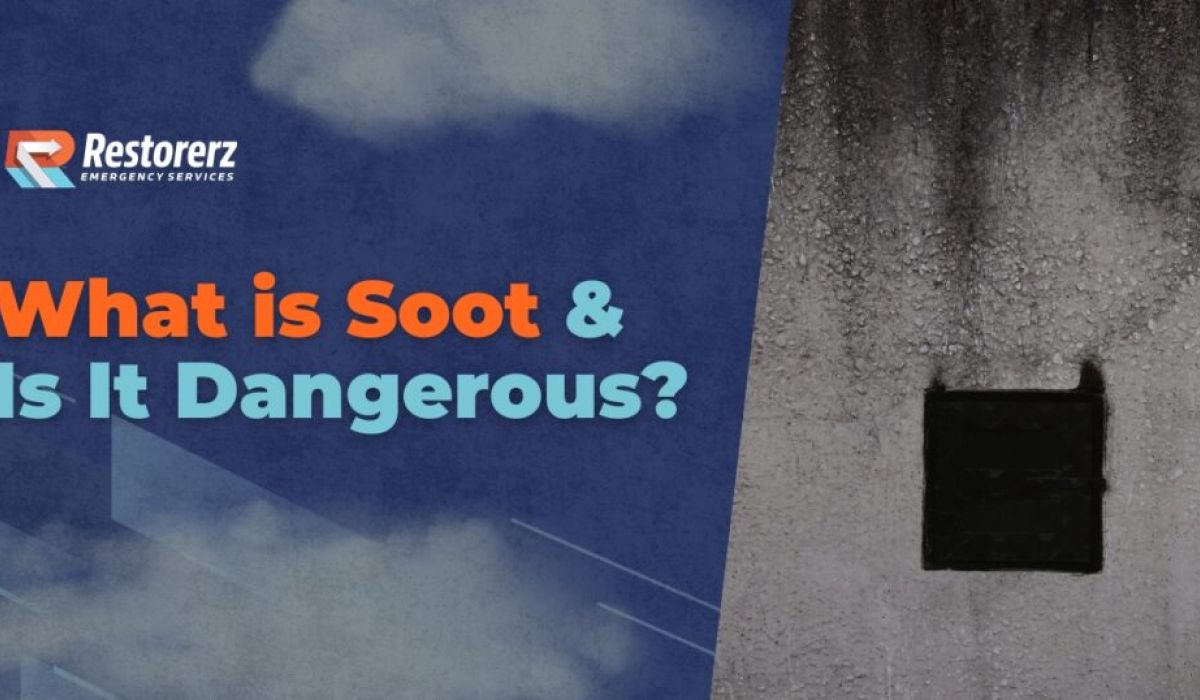

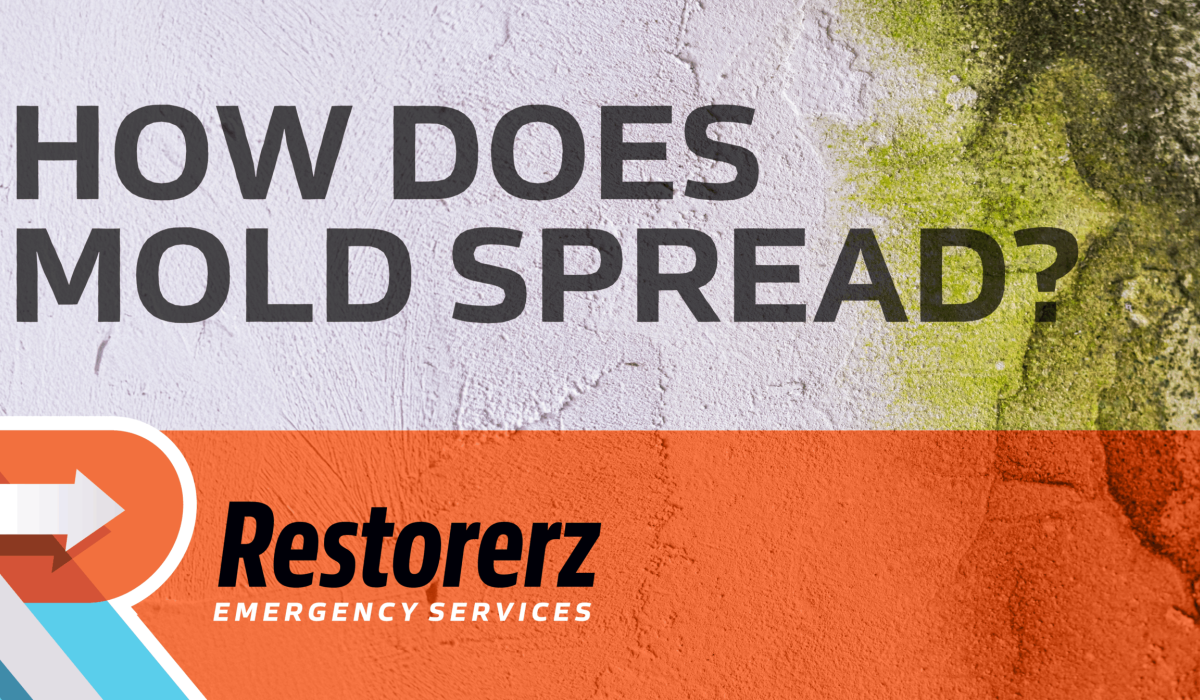
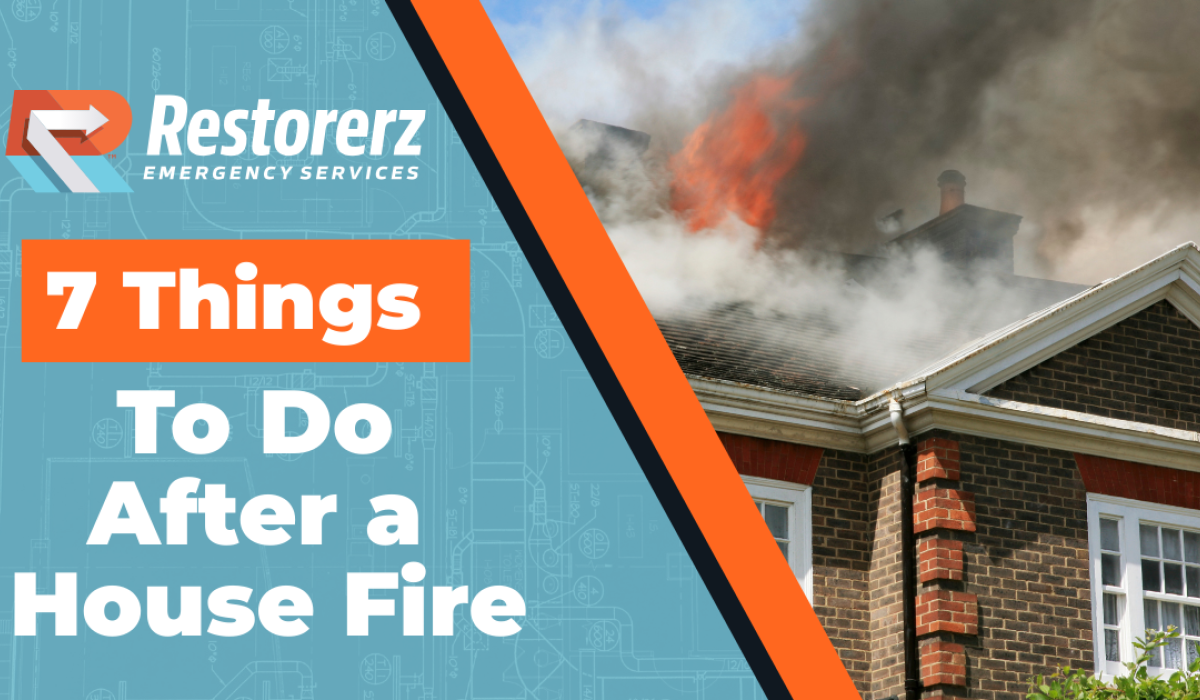

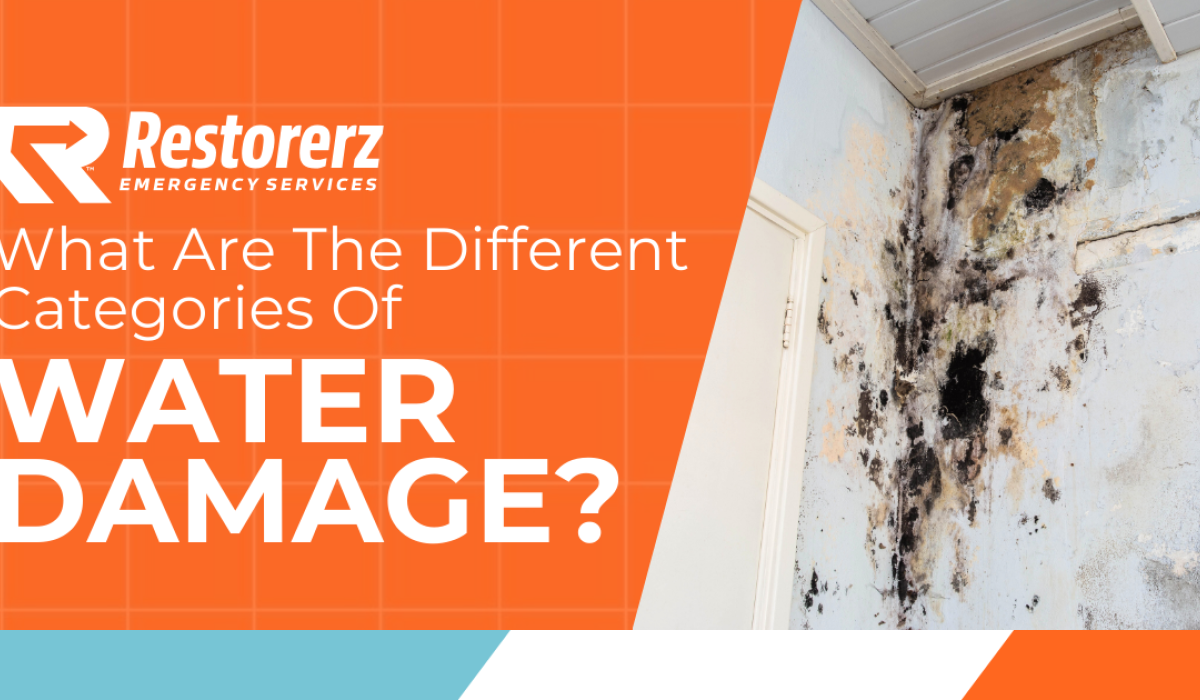

![All About Pink Mold [Prevention & Remediation Strategies]](/wp-content/themes/yootheme/cache/3a/Restorerz-Blog-All-About-Pink-Mold-Prevention-Remediation-Strategies-1-3a7c91cf.png)
